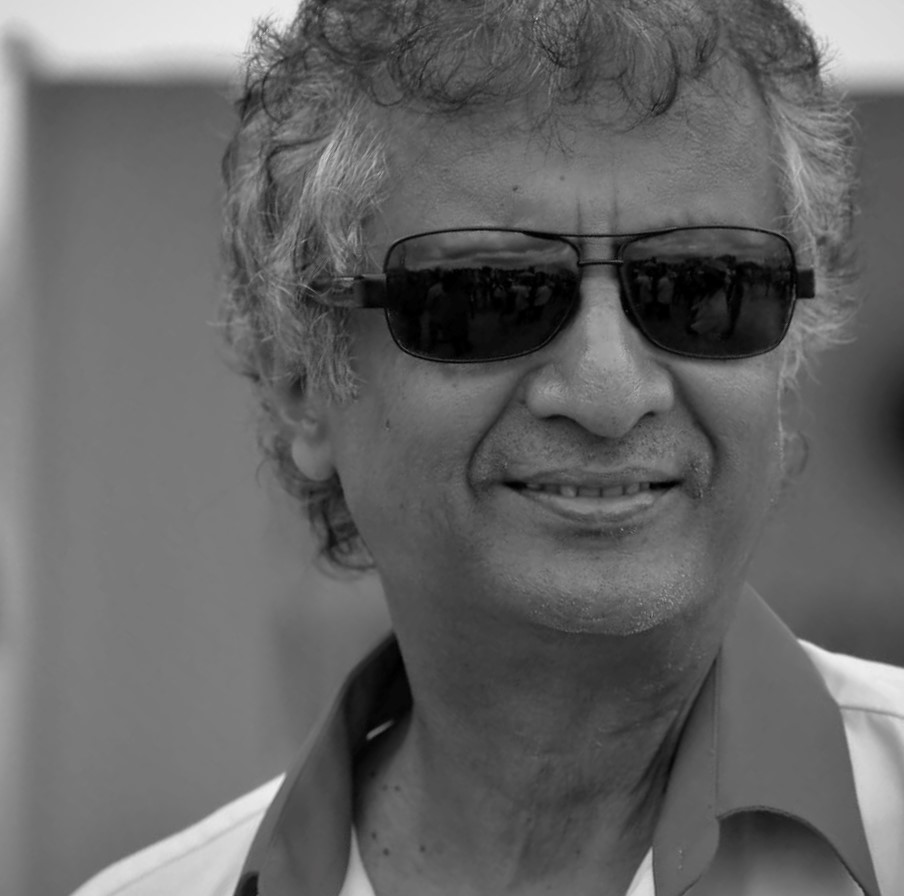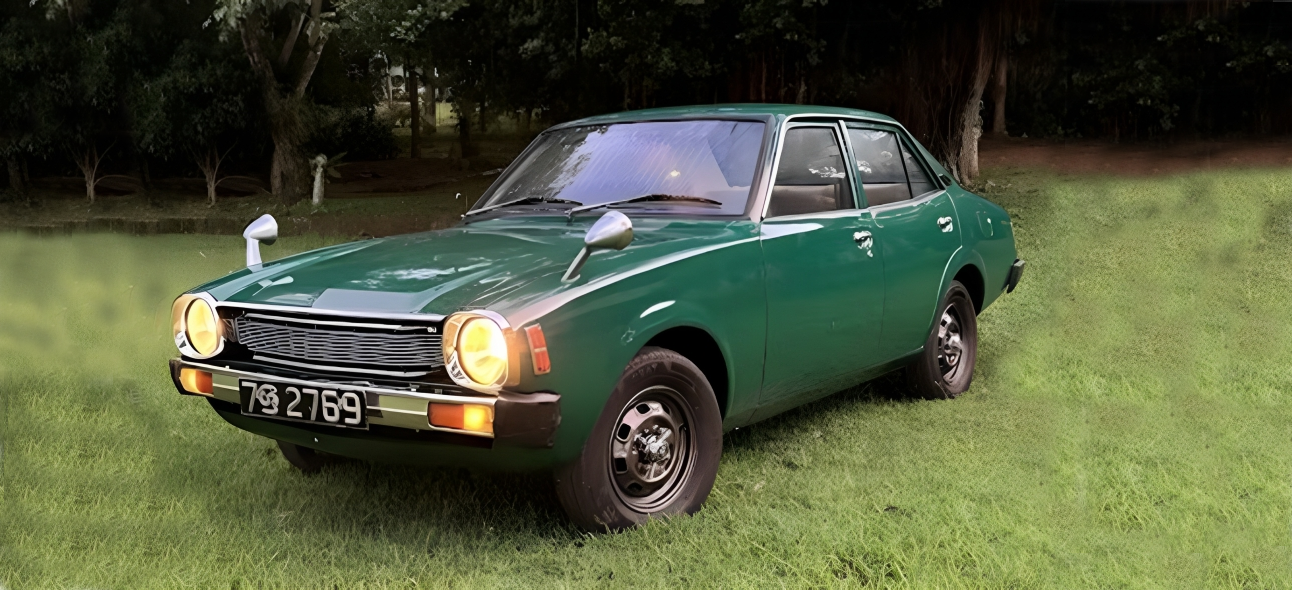The Austin 7 which was produced from 1923 until 1939, was one of the most popular cars ever produced in the UK. It made a major impact on the small car manufacturers of the day, so much so that the very first BMW (Dixie), and the small American Austin’s were actually licensed Austin 7’s. Nissan used the Austin 7 design without license to produce their first cars as well.
The
early Austin’s had 7 horsepower, hence the Austin 7 name, but the featured car being
a 1936, already had the 18 horsepower engine which is coupled to a 4 speed
manual transmission.

Early Austin 7’s had a three speed gearbox. All 7’s shared the same frame & mechanicals but were made in a variety of body styles with this one being the Ruby body. The Ruby has a tall roof so 4 people could sit comfortably inside and hence families could enjoy ownership for many years after purchase.

Engine and Transmission
The
original 1922 four-cylinder Austin Seven engine had a bore of 2.125 in (54.0
mm) and stroke of 3 in (76 mm), giving a capacity of 696 cc and 7.2 hp. From
March 1923 the bore was increased, giving 747 cc and 10.5 hp. The side-valve
engine was composed of an aluminium crankcase, cast iron cylinder block and
cast iron cylinder head. Cooling was by thermo-siphon, without a water pump,
and the dynamo was driven from the timing gears.
The splash-lubricated crankshaft (pressure fed on some sports models) at first ran on two bearings (two ball bearings at the front, roller at the back) changing to three in 1936. An electric starter was fitted from November 1923. The early cars used magneto ignition, but this was changed to coil in 1928.

The 3-speed and reverse gearbox was bolted to the back of the engine and had a variety of ratios depending on the application: touring, sports, racing and trials. A four-speed gearbox was introduced in 1932 and in 1933 synchromesh was added to third and top ratios extending to second gear in 1934.
The back axle was of spiral bevel type with ratios between 4.4:1 and 5.6:1 with 4.9:1 being the most common until the 1930s. A short torque tube ran forward from the differential housing to a bearing and bracket on the rear axle cross member.

The Featured Ruby 7
This
particular Ruby 7 has a somewhat colourful history. During the 1970’s, most
cars - now considered vintage and classic, were given “a second lease of life”
thanks to the total ban on imports at that time (history maybe repeating itself
right now – but that is another story). Yes, so in the early part of the 1970’s
there were many Austin 7’s and indeed many models of older cars that were
repaired – albeit using available often poor quality parts and poor quality
steel - and were put back to daily use in Sri Lanka! Then came the open
economic policy of 1977 and the flood of (mostly used) Japanese cars arriving
in the country, made further use of older cars uneconomical. Hence it was quite
common to see post-war British and European cars and indeed some pre-war
British cars being abandoned on road-sides.

Z-5345
was found by the Avid Car Collector, Late Mr Jay Wanigasekera in 1978 with the
wheels off; sitting on blocks of wood on the road-side in Watapuluwa, Kandy. On
closer inspection it was found to still have the original green paint on the
body with black mud-guards. Mr. Wanigasekera was known in car circles to
“pursue” a car that he is interested in, until it was conquered! So it was with
this Ruby 7. He found the owner, who was running a Motor Workshop in the area.
A deal was struck, and the car was bought.
Z-5345’s was rusty, and some parts were missing. After scouring local junk yards at the time, Mr. Wanigasekera was able to find the necessary parts. The engine was rebuilt and the rust was repaired, and the car was brought back to life, albeit leaving the original paint-work intact. Mr Jay Wanigasekera’s son Riley (yes he was named after the make of car!) reminisces how his dad would get together with his friends in the evenings and bundle them all (sometimes five of them) in to the Ruby 7 and go cruising around Kandy. Riley also remembers how his dad would take bets with friends who ridiculed the car and said “I bet that thing would not start”. Mr. Wanigasekera would take the starting crank handle and start the car with half a turn!

Z-5345 remained in the Wanigasekera collection for some three decades. At the time of passing of Mr. Jay Wanigasekera in 2005, the car was stripped for painting and fully coated in primer; and that was how the car was, when the current owner Vasantha Samarasinghe purchased it from Riley. The restoration was handled by Ravindu Rajantha who runs RR Repair Shop, which specializes in Vintage Car restorations. The car has been restored to immaculate original condition, right down to the cargo tray at the back and the original handle that opens the spare wheel cover!

Needless to say, Vasantha Samarasingha, the current owner is an avid classic and vintage car collector, and we are glad the car is in very good hands now.
Austin Seven Specifications
Overview
Manufacturer Austin
Production 290,000
units from 1923 - 1939
Body
and chassis
Class Economy
car
Body
style (this car) 2-door saloon
Powertrain
Engine 747
cc straight-4
Dimensions
Wheelbase 75
inches (1.9 m)
Chronology
Predecessor None
Successor Austin
8 / Austin Big 7





